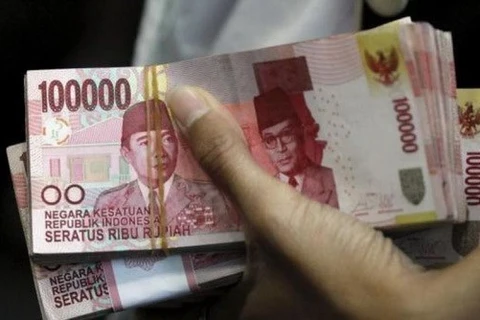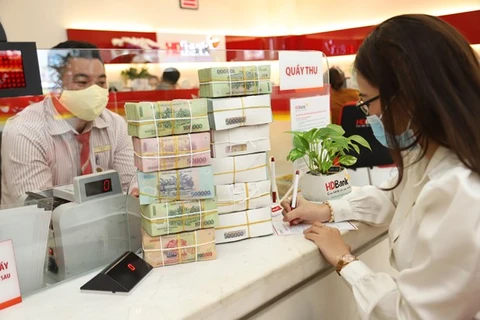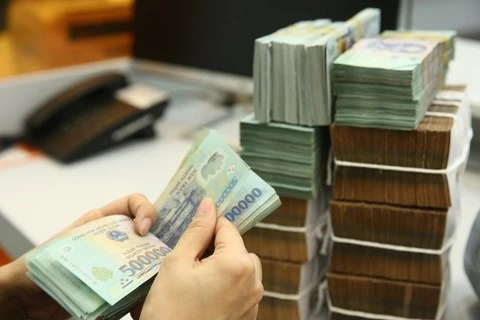Hanoi (VNA) – Though banks faced numerous challenges last year, when they had to concurrently assist enterprises and people by cutting down lending interest rates and face latent bad debts, thanks to efforts to mobilise current account savings accounts (CASA) and control asset quality, the banking system still obtained encouraging business results.
In 2021, the Vietnamese economy encountered an array of difficulties caused by the pandemic’s impacts, especially during the fourth wave of infections that began in late April. Many businesses and the economy as a whole fell into stagnation during the months of social distancing in many localities. For the first time, GDP in the third quarter contracted by nearly 6.2 percent.
Lending interest rates lowest in two decades
Amid difficulties facing the economy last year, the State Bank of Vietnam (SBV) requested commercial banks assist enterprises by cutting down lending interest rates.
The central bank also held several meetings with ministries, sectors, and localities to work out timely solutions. It asked credit organisations to reduce lending rates more substantively in 2021 while regularly reporting on the implementation of their committed support measures to live up to the Prime Minister’s direction for aiding economic activities.
The SBV also listed interest rate cuts and customer support as one of the criteria for considering the extension of annual credit growth limits for banks.
In July 2021, through the Vietnam Banks Association, 16 commercial banks agreed to reduce lending rates worth an estimated 20.613 trillion VND (nearly 890 million USD), starting from July 15 until the end of the year. The four State-owned commercial banks (BIDV, Agribank, Vietcombank, and VietinBank) continued reserving the 4 trillion VND aid package for an interest rate reduction and removed all service fees during the social distancing period for clients in the localities subject to this anti-pandemic measure under the Prime Minister’s Directive No. 16/CT-TTg.
SBV Governor Nguyen Thi Hong said lending rates have fallen by about 1.66 percent compared to the pre-pandemic period and are now standing at their lowest level in 20 years.
Positive growth
Deposit interest rates stayed low in 2021 though some small commercial banks increased the rates for certain terms by the year’s end. As a result, the savings put at credit organisations increased by just 2.9 percent from the year’s beginning - the slowest growth pace in the 2012-2021 period.
However, the BIDV Securities Company perceived that banks’ business results last year were not bleak but positive thanks to three factors.
First, the credit growth target of 13 percent was supported by the expanded credit room for banks in Q4, giving credit institutions more space to grow.
Secondly, many banks also raised the proportion of corporate bonds such as MB, Techcombank, TPBank, VPBank, and MSB, thus improving profitability as those bonds have higher interest rates than loans.
Finally, they also focused on attracting CASA to help reduce the cost of capital, which has been a common trend for many years and will continue in the coming time.
Financial expert Can Van Luc held that the banking system operated stably in 2021 and recorded profits rising by about 25 percent.
Nguyen Quoc Hung, Secretary-General of the Vietnam Banks Association, said during their restructuring process, credit organisations invested in technological application and digital transformation and now reap “sweet fruit”. Cashless payments surged, especially when people restricted direct contact amid the pandemic.
Hung predicted banks will still post positive profits this year, but earnings are unsustainable since about 10 percent of those profits is the estimated gains in the future, and banks have yet to establish contingency reserves for restructured debts./.
























